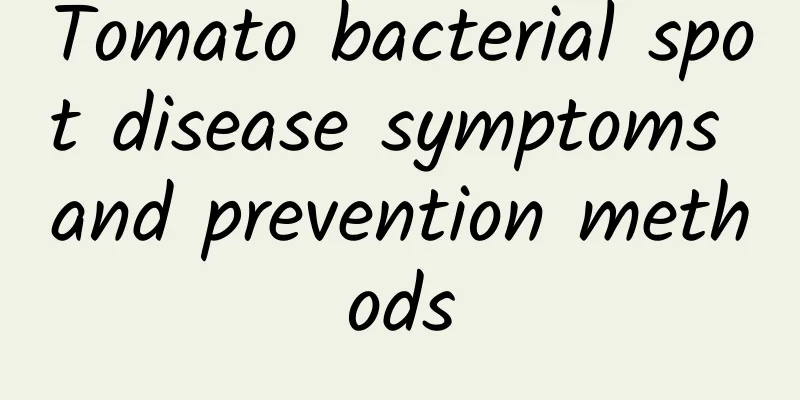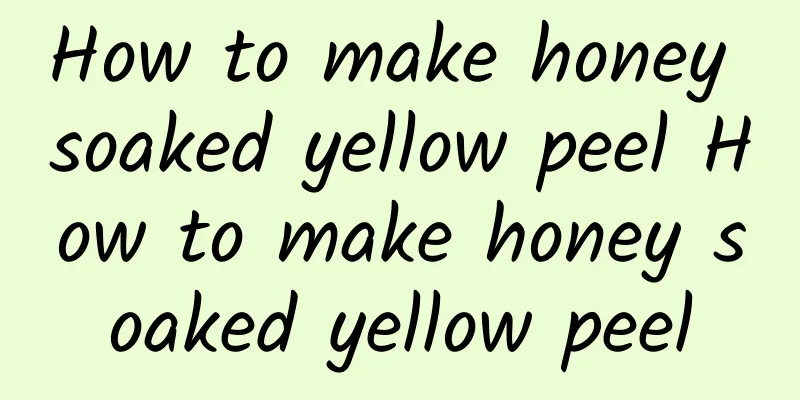Tomato bacterial spot disease symptoms and prevention methods

|
In fact, when we grow tomatoes, we often have tomato bacterial spot disease. So how should we better prevent and control it at this time? pathogenPseudomonas syringae pv. tomato symptomTomato bacterial spot mainly harms leaves, stems, flowers, petioles and fruits, especially leaf edges and immature fruits. The disease is obvious. The leaves are infected, producing dark brown to black spots, often surrounded by yellow halos. The petioles and stems are infected, producing black spots. When young green fruits are infected, small slightly raised spots appear at first. When the fruit is nearly ripe, the tissues surrounding the spots remain green for a long time, which is different from other bacterial spot diseases. Disease pattern: The pathogen can overwinter in seeds, diseased remains and soil, and spread in the field through rain splash, insects or farming operations such as pruning, forking and harvesting. Multiple reinfections can occur in the field. Seeds with bacteria can also cause long-distance transmission. Wet, cold conditions, low temperature and heavy rain, and sprinkler irrigation are conducive to the disease. Generally, areas with sprinkler irrigation have more severe disease than those with drip irrigation or furrow irrigation. Prevention and treatment methods① Agricultural measures: Select disease-resistant varieties. Use drip irrigation in arid areas and avoid using sprinkler irrigation. After harvesting in the field, remove diseased and residual plants in a timely manner, destroy them in a centralized manner, and deep-plow the soil to reduce the source of initial infection. ② Seed disinfection can be carried out by soaking seeds in warm water. Soak the seeds in 55℃ warm water for 30 minutes, then germinate and sow. ③ For chemical control, spray 72% agricultural streptomycin sulfate soluble powder or 4000 times diluted phytosporin, or 400-500 times diluted 77% chloramphenicol wettable powder, or 300 times diluted 14% copper chelate aqueous solution, or 500 times diluted 50% copper succinate wettable powder in the early stage of the disease. Spray once every 7-10 days, and spray 2-3 times in a row. |
<<: Banana tomato cultivation tips and precautions
>>: Effective DIY Tomato Beauty Treatment
Recommend
What is the Cyprus Tourism Board like? Cyprus Tourism Board reviews and website information
What is the Cyprus Tourism Organisation website? T...
What are the therapeutic effects of plums?
How much do you know about the therapeutic effect...
Diseases and control methods of cantaloupe
Muskmelon is a high-value cash crop, and many mel...
The efficacy of double black porridge
Once you know what the double black in Double Blac...
How is Technical Data? Technical Data reviews and website information
What is the website of Tech Data? Tech Data is the...
How to make cucumber juice? The efficacy and nutritional value of cucumber juice
I see many people drinking cucumber juice in the ...
How to soak dried Hericium erinaceus Precautions for soaking dried Hericium erinaceus
Dried Hericium erinaceus has rich nutritional val...
How to grow round-leaved philodendron? Cultivation techniques and precautions for round-leaved philodendron
The branches of the round-leaved philodendron are...
How is Aston University? Aston University reviews and website information
What is Aston University? Aston University is a pu...
How is the Yingzhong.com? Yingzhong.com review and website information
What is the website of Yingzhong.com? Yingzhong.co...
What is Shell like? Shell reviews and website information
What is Shell? Royal Dutch Shell is one of the wor...
How to grow black tomatoes How to grow black tomatoes
The technology for growing black tomatoes is very...
How to cook King Oyster Mushroom at home
King oyster mushroom has a unique almond aroma an...
Xi'an persimmon cake recipe
The persimmons produced in many places are differ...
How to make delicious loofah seeds and how to eat loofah seeds
The whole body of loofah is a treasure. Its fruit...









